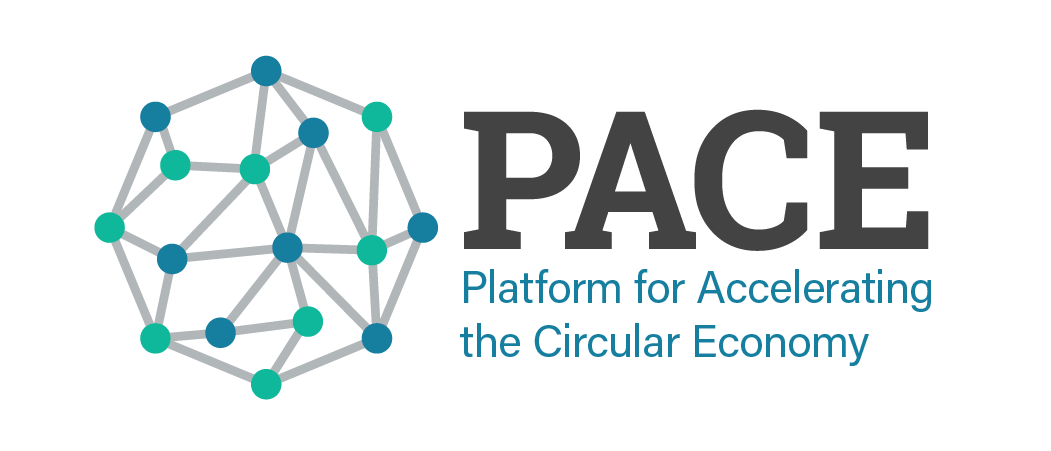New circular target-setting guidance for businesses
Article subtitle
An actionable blueprint for businesses to implement circular targets to assist companies on their journey towards increased sustainability.
An actionable blueprint for businesses to implement circular targets to assist companies on their journey towards increased sustainability.
The ‘Corporate circular target-setting guidance’ was published at the World Economic Forum 2023, produced by PACE and Circle Economy in the Circular Economy Indicators Coalition (CEIC), supported by Accenture. It provides businesses with a clear launching point for selecting and reporting against impactful targets.
Corporate circular target setting is the process of establishing specific goals and objectives to promote a more circular economy throughout the value chain. There is broad consensus that target setting is an imperative step for businesses to ensure accountability and measure progress towards circularity. However, the current circular economy target setting landscape is fragmented. Without consistent guidance on how to define and implement circular targets, existing targets are self-defined and difficult to compare. As a result, it is difficult to establish the true impact of circular economy business models.
This guidance aims to harmonize the current circular metrics landscape, synthesizing existing circular tools and support so that it is clear and actionable for businesses.
How can this guidance help you?
Businesses can use this guide to learn about best practice KPIs for the circular economy and how to select and set these KPIs. The guidance is structured around four Key Performance Indicators (KPIs): Circular Inputs, Operational Waste, Circular Outputs, and Circular Revenues.

By working with a shared understanding and common language of KPIs, businesses are in a stronger position to set and achieve circular targets.
Circularity can also be an important decarbonisation lever for corporates. Factors from material use, supplier selection to waste treatment need to be considered carefully when it comes to decarbonisation of the business operation and supply chain. As our paper ‘Circular Economy as a Climate Strategy’ found, circular economy strategies can complement decarbonisation measures to further reduce greenhouse gas emissions from material production, help lower emissions from operational energy use in the built environment and transport, and cut emissions from waste management; overall helping companies on their journey towards increased sustainability.
You can find the full guidance here and watch the video below for an introduction to it.




